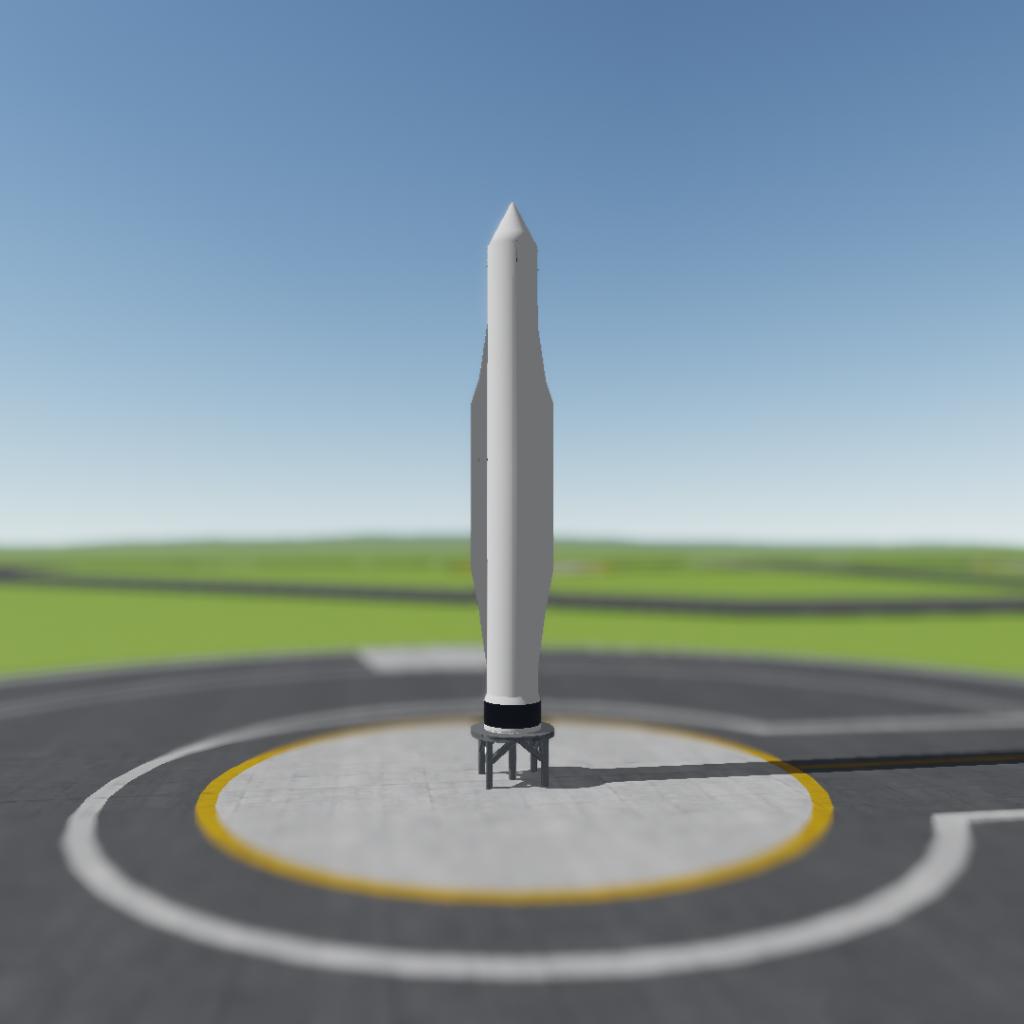At the beginning of 2021, we published our plans for the current year, and mentioned there the reuse of the first stage.
We want to show and tell you how this process will take place, what to expect, as well as about our Flying Mouse Prototype.
About the prototype:
In fact, the Flying Mouse Prototype is our updated, newer test vehicle, but in fact it is completely different.
Our new prototype has received drastic changes, as well as many innovations in comparison with the old one. And the first is the floaters that will serve in the form of an air brake. But in order for them to be fully used, in free fall at an altitude of 30,000 meters from the ground, 1 stage in the literal sense of the word will be turned over on the belly, so there will be a very large resistance, which will force the device to brake heavily. However, in order to use a minimum of fuel for landing, the speed that will suppress the resistance will be small. therefore, at an altitude of about 5,000 meters from the ground, 2 longline fins will open, which will extinguish the speed to about 70 m / s. And about at an altitude of 800 meters, at full pitch, one of our new "Biedronka 1-A" engines is turned on, which can develop thrust up to 900 kN. After turning on the engine, the vehicle using the attitude control system and using the engine as quickly as possible turn over to the side against the traffic in the first place, he will cancel horizontal speed, later vertical. At the moment the inlet touches the ground, the speed of the device will be approximately 0.3 m/s, which is very soft.
To simulate it, we first created a project that will depict all this, but it will be too soft, so we built the Flying Mouse Prototype, and for it, the SLP - 1 suborbital test table.


2 Upvotes
Log in in to upvote this post.


